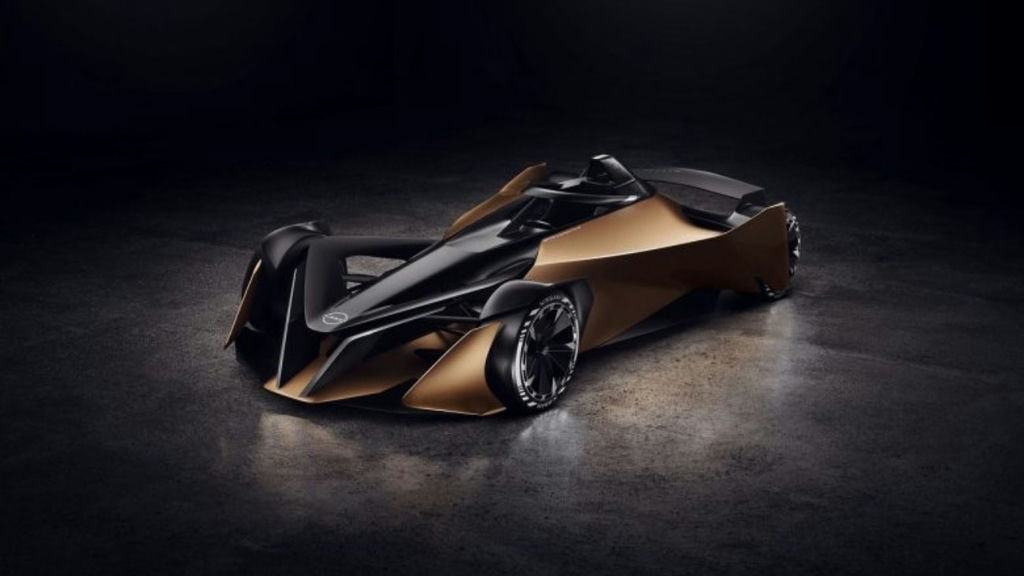The motoring world was excited when Nissan unveiled its Ariya Single Seater Concept car using the powertrain of the all-electric Ariya SUV. The development of the ground-breaking bespoke single-seater car chassis, with its futuristic and sleek appearance, showed what a fully electrified performance motor could look like. Its Formula E design, with near 400-bhp and all-wheel drive, certainly turned heads when the public was given its first glimpse. With its aerodynamic wheel covers and bronze colouring, it was a unique sight.
Nissan global marketing divisional general manager for brand and engagement, Juan Manuel Hoyos, was reported as saying at the time: “At Nissan, we dare to do what others don’t.” It was a fun project for the Japanese giants and they were keen to keep the vehicle on permanent display.
They wanted a one-third scale model of the concept car in the reception of their UK Design Centre in Paddington, London, and approached Ogle to create it after the Letchworth company had previously built full-size interior mock-ups of the first Qashqai and Juke models.
Process
The build took almost 500 hours, including the CNC machining, 3D printing and the painting with General Manager Dave Orman leading the project. The choice of material was governed by the weight and complexity of the parts with CNC and SLA processes used. After all the parts had been created, they were assembled with allowances made for the paint using magnets and screws. The model was attached to a plinth, before the whole thing was disassembled for painting and applying graphics.
With everything complete, the car was reassembled and finally secured to the plinth.
Challenges
It was quite a complex project. Because the CAD model had only A surface data, Ogle had to create the B surface which added thickness and features so something physical could be produced, ensuring that no undercuts were created, so the individual parts could all fit together like a jigsaw puzzle.
The team also had to consider whether the part was going to be CNC or SLA: The CAD for 3D printing is created as a solid model, whereas the CAD data for CNC machining can be a surface model.
Conclusion
Dave said: “We were extremely pleased with the finished model, which was made even more satisfying when we received such positive feedback from Nissan’s design centre.”
Subscribe to AM Chronicle Newsletter to stay connected: https://bit.ly/3fBZ1mP
Follow us on LinkedIn: https://bit.ly/3IjhrFq
Visit for more interesting content on additive manufacturing: https://amchronicle.com/


